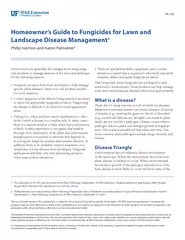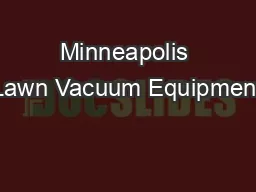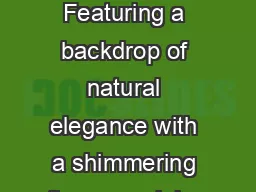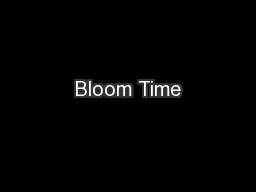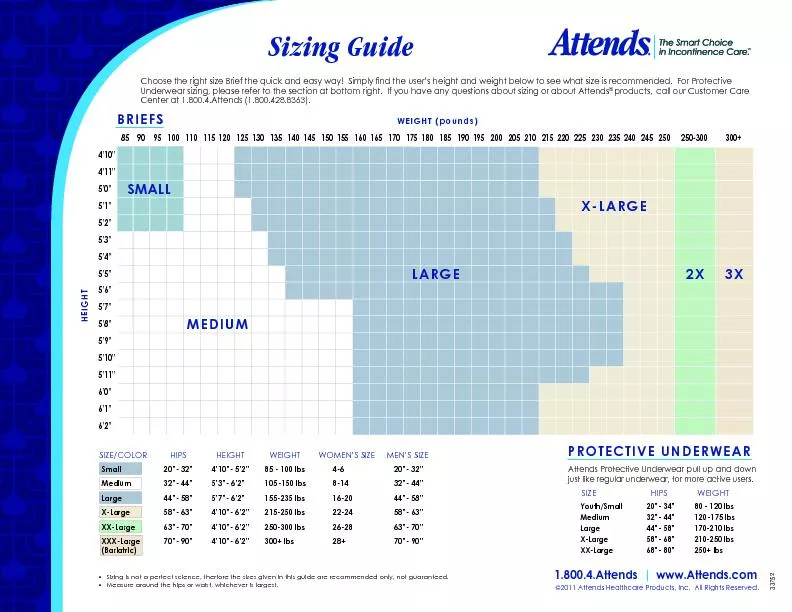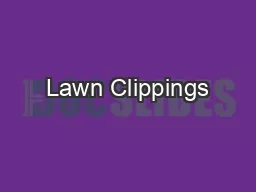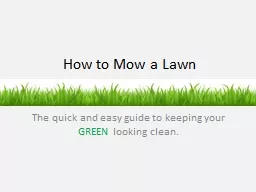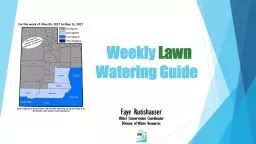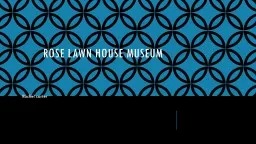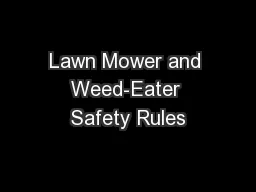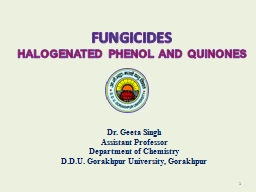PDF-Homeowner’s Guide to Fungicides for Lawn and
Author : tawny-fly | Published Date : 2015-07-26
PP233 Landscape Disease Management 1 Philip Harmon and Aaron Palmateer 2 1 This document is PP233 one of a series of the Plant Pathology Department UFIFAS Extension
Presentation Embed Code
Download Presentation
Download Presentation The PPT/PDF document "Homeowner’s Guide to Fungicides for..." is the property of its rightful owner. Permission is granted to download and print the materials on this website for personal, non-commercial use only, and to display it on your personal computer provided you do not modify the materials and that you retain all copyright notices contained in the materials. By downloading content from our website, you accept the terms of this agreement.
Homeowner’s Guide to Fungicides for Lawn and: Transcript
Download Rules Of Document
"Homeowner’s Guide to Fungicides for Lawn and"The content belongs to its owner. You may download and print it for personal use, without modification, and keep all copyright notices. By downloading, you agree to these terms.
Related Documents

